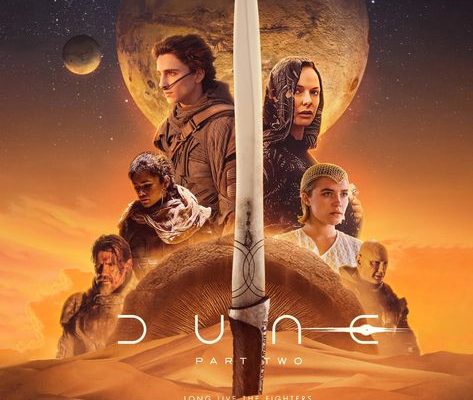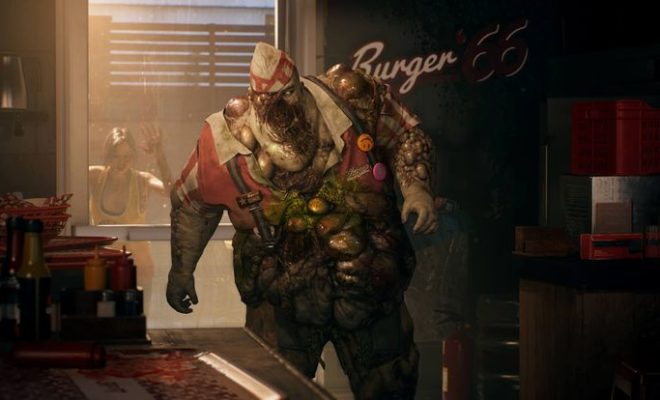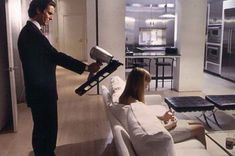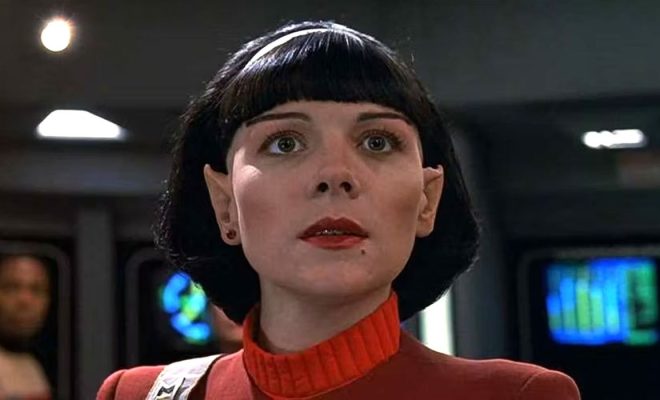The Worst Of Times, The Best Of Movies
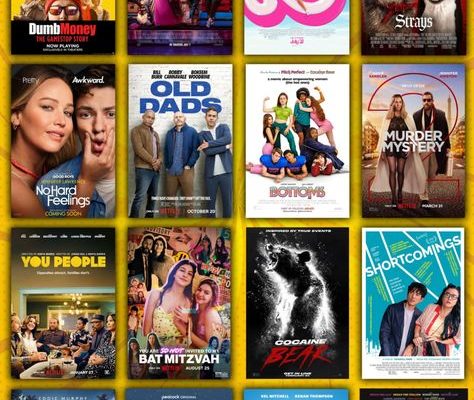
In a period stained by crisis and turbulences, cinema emerged as an unlikely savior, drawing audiences into cathartic realms where the real world’s chaos stirred narratives of both despair and hope. Films, often considered a reflection of their times, have historically thrived during periods of strife, by not only providing escapism but also by confronting the grim realities head-on.
The worst of times can indeed inspire the best of movies. The Great Depression gave rise to cinematic masterpieces like “Gone with the Wind” and “The Wizard of Oz,” offering audiences an escape from economic woes. World War II saw the emergence of resolute classics like “Casablanca,” which spun a tale of love and sacrifice within the context of war’s inescapable shadow.
Even in contemporary settings, this trend persists. Post 9/11 cinema, with films such as “Zero Dark Thirty” and “United 93,” captured the raw emotions and complexities of a world rocked by terrorism. The Great Recession inspired “The Big Short”—a witty yet sharp critique of financial collapse.
During times fraught with collective anxiety—be it due to political unrest, social upheaval, or pandemics—movies have ingeniously channeled the quintessence of those eras. They celebrate human resilience, critique societal flaws, offer solace or serve as cautionary tales that resonate with audience’s own turmoils.
These best movies during the worst of times achieve what perhaps is cinema’s greatest feat: they mirror our lives back to us, ensuring that even in our darkest hours we find light flickering on a silver screen. They remind us that adversity can be a crucible for artistry; creating magic out of mayhem and transforming turmoil into tales that stand the test of time. This intertwining bond between real-world woes and cinematic excellence is not just a testament to human creativity—it’s an indomitable spirit that reels us back to theaters time and again.

